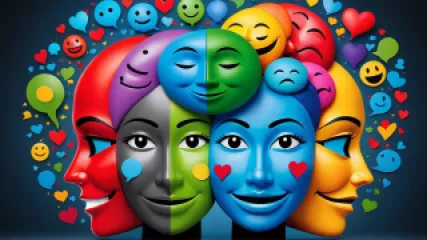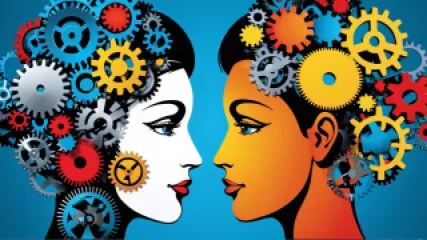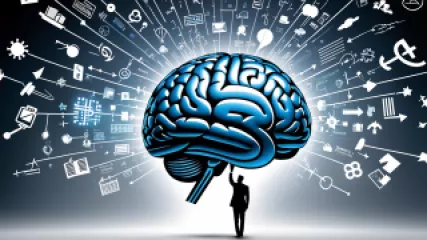Understanding Emotional Intelligence: Research Summary
for 1 år siden
Følelsesmæssig Intelligens Grundlæggende
How can a therapist help with the fear of change?
for 1 år siden
Overvinde Frygten for Forandring
My Journey Challenging the Mind-Body Dichotomy
for 1 år siden
Sind-Krop-Dikotomi
My Journey to Overcome Self-Sabotage
for 1 år siden
Forståelse af Selvsabotage
My Journey with Cognitive Behavioral Therapy Apps for Better Mental Health
for 1 år siden
Mental Sundhedsapps
Brave Through Change: An Interview with a Change Management Expert
for 1 år siden
Overvinde Frygten for Forandring
Bridging the Mind-Body Divide: A Step-by-Step Guide to Holistic Well-Being
for 1 år siden
Sind-Krop-Dikotomi
How to Overcome the Fear of Change: A Step-by-Step Guide
for 1 år siden
Overvinde Frygten for Forandring
Exploring the Intersection of Philosophy and Psychology: A Fresh Perspective
for 1 år siden
Filosofi og Psykologi
My Emotional Intelligence Awakening: A Personal Journey
for 1 år siden
Følelsesmæssig Intelligens Grundlæggende
How to Choose the Best Mental Health App for Your Needs
for 1 år siden
Mental Sundhedsapps
Exploring Different Moods: A Research Summary
for 1 år siden
Forståelse af Stemninger
Insights from a Therapist: Understanding Moods in Virtual Counseling Services
for 1 år siden
Forståelse af Stemninger
Top 10 Influential Techniques in Behavioral Psychology
for 1 år siden
Overtalelsens Psykologi
Exploring the Intersection of Philosophy and Psychology: An Insightful Interview
for 1 år siden
Filosofi og Psykologi















